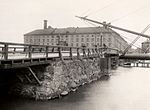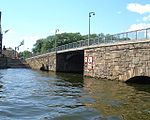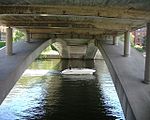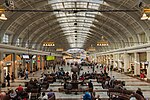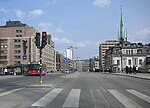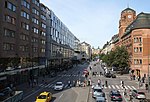City of Stockholm (city municipality)
Former municipalities of SwedenInterlanguage link template existing linkStockholm Municipality
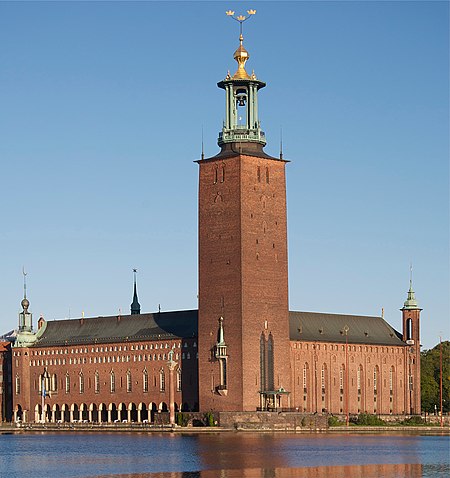
The City of Stockholm (Swedish: Stockholms stad) was a city in Sweden and 1863–1970 a city municipality for Stockholm, subordinate to the Office of the Governor of Stockholm until 1967 and then part of Stockholm County.
Excerpt from the Wikipedia article City of Stockholm (city municipality) (License: CC BY-SA 3.0, Authors, Images).City of Stockholm (city municipality)
Borgargården, Stockholm Kungsholmen (Kungsholmens stadsdelsområde)
Geographical coordinates (GPS) Address Nearby Places Show on map
Geographical coordinates (GPS)
| Latitude | Longitude |
|---|---|
| N 59.3275 ° | E 18.055 ° |
Address
Borgargården
Borgargården
Stockholm, Kungsholmen (Kungsholmens stadsdelsområde)
Sweden
Open on Google Maps

